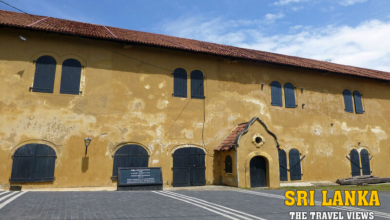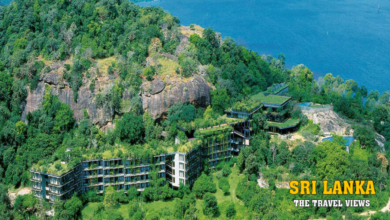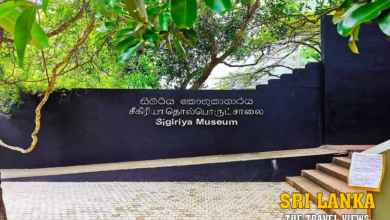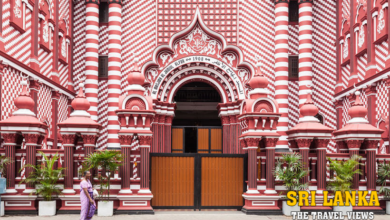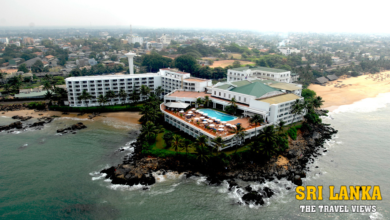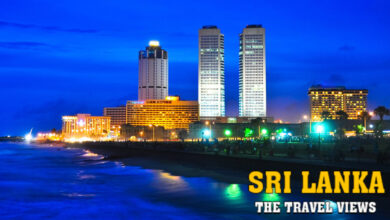Galle Dutch Fort
Introduction
The Galle Dutch Fort, located on the southwestern coast of Sri Lanka. It is a magnificent testament to the island’s colonial past. This UNESCO World Heritage Site stands proudly as a living relic of the Dutch colonial era, blending European architectural splendor with Sri Lanka’s rich cultural heritage.
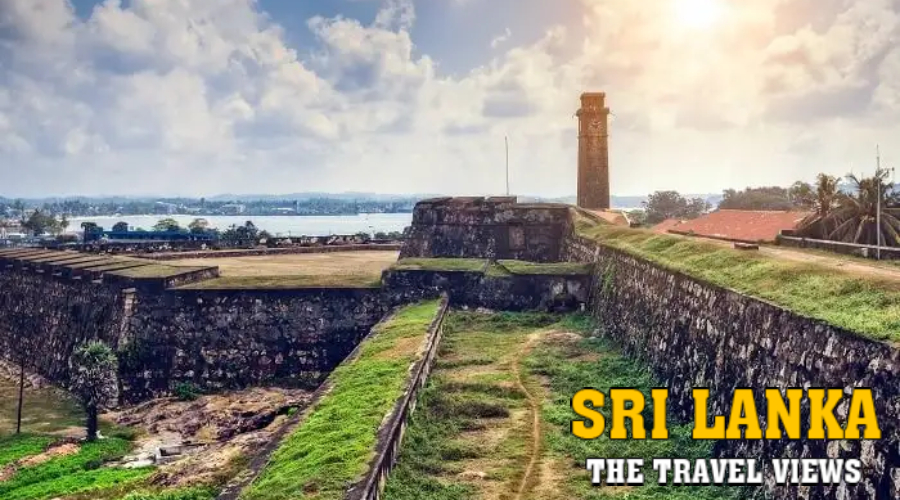
Spanning over 90 acres, the fort encapsulates centuries of history, enchanting visitors with its imposing ramparts, charming streets, and a fascinating mix of cultures.
History of Galle Dutch Fort
The fort’s history dates back to the 16th century when the Portuguese first arrived on the shores of Sri Lanka. Realizing the strategic significance of the location, they constructed a modest fortification.

However, it was the Dutch who transformed the fort into the masterpiece it is today. In 1640, they captured Galle from the Portuguese and commenced extensive renovations, fortifying it further to defend against potential invaders.
Features of Galle Dutch Fort
One of the fort’s most striking features is its sturdy walls, stretching over three kilometers in length. These walls were meticulously constructed using a combination of coral and granite, reflecting the architectural prowess of the Dutch engineers of that era. The thick walls and watchtowers not only shielded the inhabitants from foreign threats. But also provided commanding views of the ocean, ensuring the safety of the maritime city.
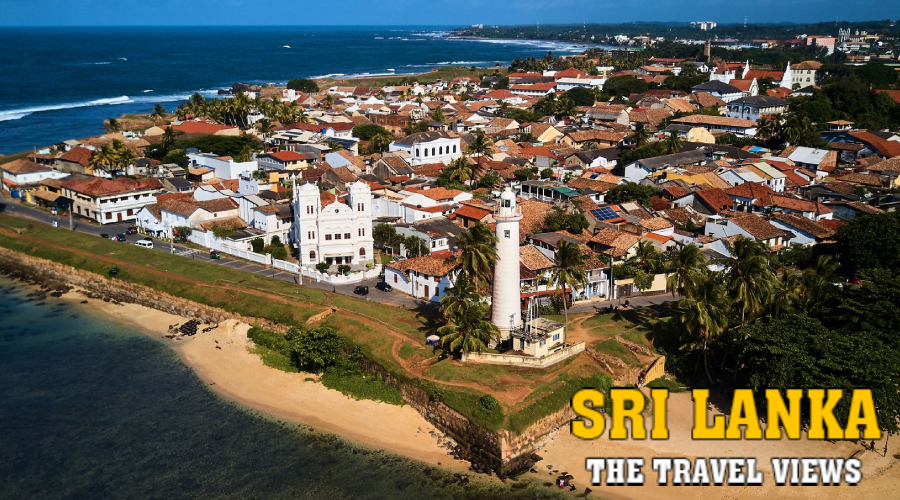
Walking through the narrow streets inside the fort is akin to stepping back in time. The blend of Dutch, Portuguese, and Sri Lankan architectural elements is evident in the old colonial buildings, churches, and mosques. The Dutch Reformed Church, built in 1755, remains a prominent landmark with its striking white facade and rustic charm, while the All Saints Church, dating back to 1871, showcases exquisite Gothic Revival architecture.
The fort’s cultural tapestry is equally captivating, with its diverse community of residents. While the Dutch influence is apparent, the fort has also absorbed the local traditions and customs, creating a unique fusion of cultures. Today, it is home to a vibrant community that has managed to preserve its distinct identity amid the waves of history and modernity.
Other highlights of Galle Dutch Fort
Beyond its historical and cultural significance, the Galle Dutch Fort offers a delightful shopping experience. The streets are lined with boutiques, art galleries, and craft shops, where visitors can purchase traditional handicrafts, intricate jewelry, and locally made textiles. Exploring the bustling markets within the fort is a rewarding journey into Sri Lanka’s artistic heritage.
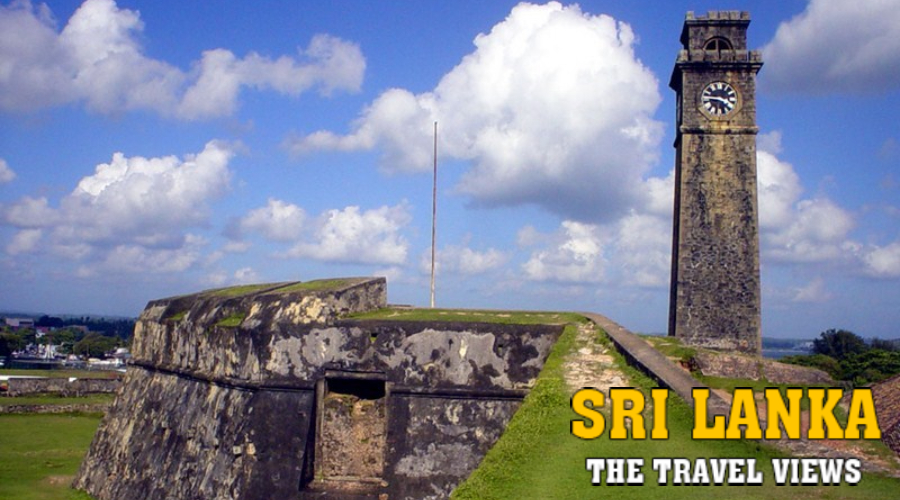
Despite the passage of time, the Galle Dutch Fort has remained resilient, weathering storms, wars, and changing landscapes. Today, it serves as a beacon of historical preservation and a symbol of Sri Lanka’s indomitable spirit. The fort’s inclusion in the UNESCO World Heritage list has also sparked increased interest in its conservation and restoration. It is ensuring that future generations can continue to marvel at its grandeur.
Conclusion
The Galle Dutch Fort stands as a living testament to Sri Lanka’s colonial legacy. Its well-preserved walls, architectural marvels, and rich cultural tapestry are a source of pride for the nation.
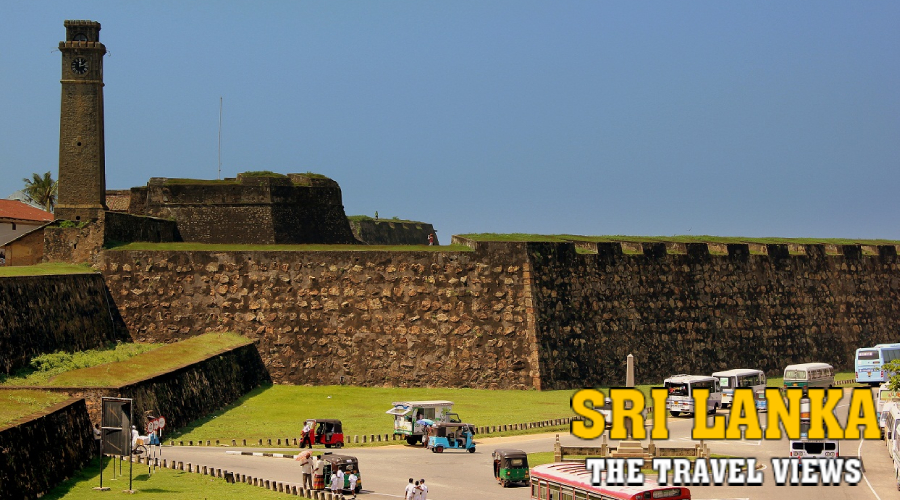
As visitors stroll through its cobbled streets and explore its hidden corners, they are transported to a bygone era, immersing themselves in the grandeur and splendor of history. The Galle Dutch Fort is not merely a relic of the past. It is a vibrant living entity that embodies the resilience, diversity, and beauty of Sri Lanka’s rich heritage.


